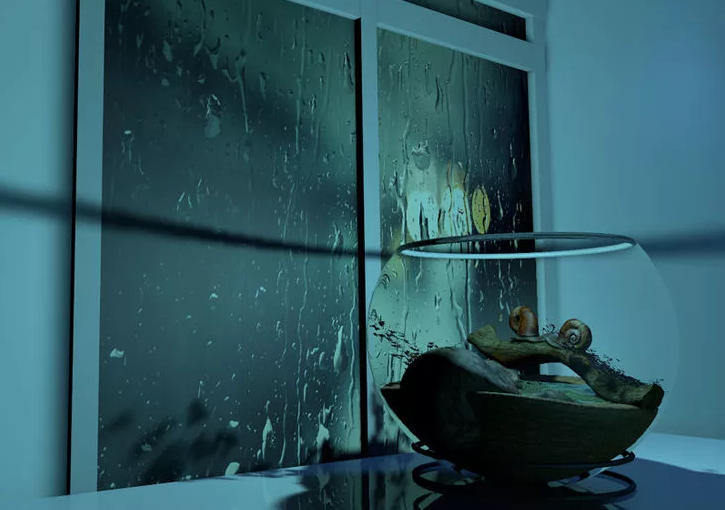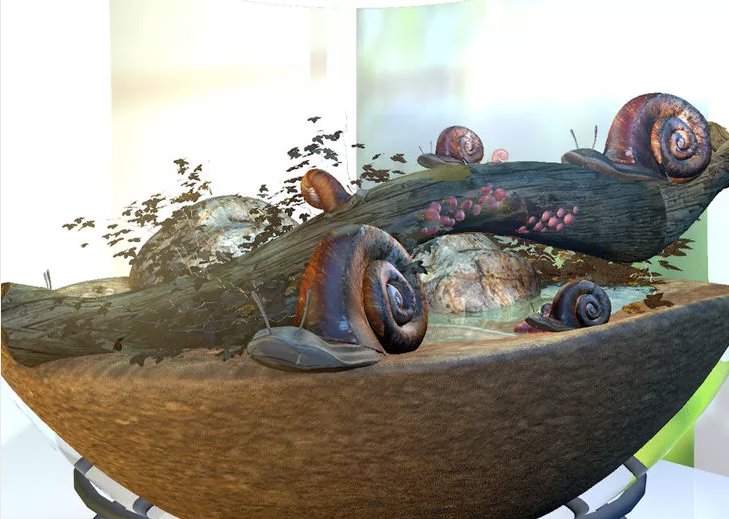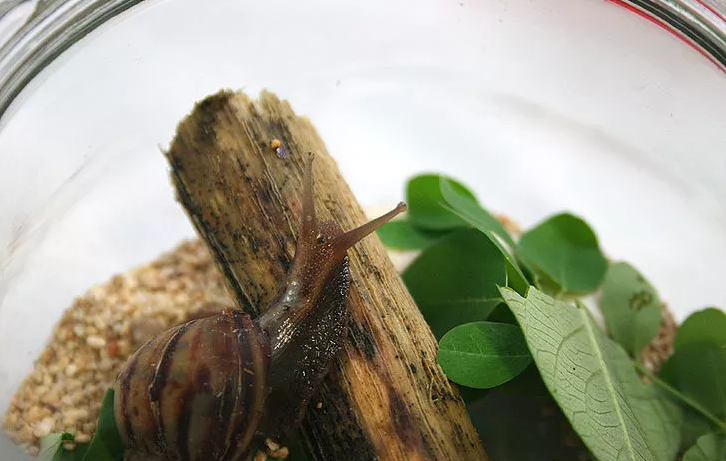How to Raise Snails the Easy Way
Snails are ideal companions to most gardens and compost piles. They aid in pest control, help to break down organic material and their waste products help to add nutrients to the soil. You can also keep them in a vivarium, or contained living area, to raise them for food as well. Raising your own snails is not a difficult process. Take a look at the following guide and learn more about the basic principles that can help you to hit the ground running.
Getting Started
The first step is to build the habitat, and the material that you use will depend on whether or not you will be raising snails indoors or outdoors. If you decide to grow them indoors, you can use anything from a large plastic container to an aquarium tank. For outdoor applications, the best option is to use bricks for the walls and then add a wooden top that also includes spaces of mosquito netting in order to provide ventilation. Mosquito netting will help to prevent the intrusion of insects that can harm snails.
Keep in mind that you don’t need a lot of space to raise snails as well, however, the more room that you will have will translate into more snails. Do some research on the particular species that you want to use in order to get the dimensions of the habitat just right.
If you decide to use bricks for the outdoor vivarium, make sure that you seal in any gaps with mortar or similar material. It doesn’t need to be airtight, but you want to ensure that the snails won’t escape or that predators can get inside.
Humidity and Shade
No matter where you decide to build your vivarium, the two most important considerations are humidity and shade. Common snail species like cool, moist and dark climates. The last thing that you want is to place the vivarium anywhere near direct sunlight, otherwise it will dry them out can kill them off. While certain snails do thrive in desert conditions, it’s important to choose species that are adapted to your environment.
If you grow the snails indoors, it’s also important that the ambient internal air is humid enough. For many locations, humidity is present. However, for arid climates or dry winters, make sure that you have a humidifier in the room to add moisture. Again, the amount of moisture that the snails need will depend on the species that you are growing.
Snails also need a little bit of light. They also need ventilation. Make sure that whatever lid you fashion for the vivarium has some gaps in it that are covered with mosquito netting that will allow air to pass through the system and allow light to enter. This will take some trial and error until you strike the right balance between moisture, light and airflow.
Living Environment
The first thing you want to do is add some potting soil and peat mixture to provide the substrate for the vivarium. It should be around 5 inches deep. The soil needs to be moist but not saturated. You can also incorporate some garden debris such as twigs, clippings and mulch in small amounts as well. You should also consider adding some places for shelter, such as small rocks or small flower pots that can be turned on their side and buried halfway into the dirt. Adding some twigs will give the snails something to climb on, and the deep bed of dirt will be ideal for those who like to burrow and hide.
You should also think about planting some ivy, moss or ferns to provide snails with a food as well as source of shelter and moisture. You can also add a few earthworms or pill bugs as they coexist peacefully. Worms also help to add nutrients to the soil while eating pieces of debris and aerating the soil as well.
Food
Most snail species will enjoy leafy vegetables as well as softened bits of carrots. You can even use the green stems of carrots and celery. Do some experimentation to see what foods your particular snails prefer more than others. One important consideration: Snails need calcium in order to grow their shells. You can either provide this by adding supplements or using ground up egg shells. In any case, calcium is almost as important as food in order to keep snails healthy.
All you need to do now is choose the right snails, introduce them into the vivarium and allow them to do their thing. Do some research to learn more about raising specific species, breeding and how to introduce them into your garden. You will quickly discover that having a vivarium is a huge benefit to any self-sufficient homestead, and you will be happy that you did.





